![Calix[4]pyrrole Stabilized PdNPs as an Efficient Heterogeneous Catalyst for Enhanced Degradation of Water-Soluble Carcinogenic Azo Dyes | SpringerLink Calix[4]pyrrole Stabilized PdNPs as an Efficient Heterogeneous Catalyst for Enhanced Degradation of Water-Soluble Carcinogenic Azo Dyes | SpringerLink](https://media.springernature.com/lw685/springer-static/image/art%3A10.1007%2Fs10562-020-03304-x/MediaObjects/10562_2020_3304_Figa_HTML.png)
Calix[4]pyrrole Stabilized PdNPs as an Efficient Heterogeneous Catalyst for Enhanced Degradation of Water-Soluble Carcinogenic Azo Dyes | SpringerLink

Remediation of azo-dyes based toxicity by agro-waste cotton boll peels mediated palladium nanoparticles - ScienceDirect

Hollow Palladium Nanoparticles Facilitated Biodegradation of an Azo Dye by Electrically Active Biofilms
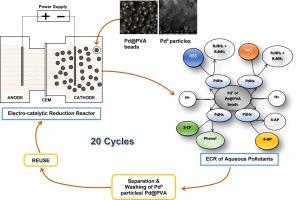
Rapid electro-catalytic reduction of azo dyes and phenolic compounds in the presence of metallic palladium - Sep. Purif. Technol. - X-MOL

Green synthesis of palladium nanoparticles with carboxymethyl cellulose for degradation of azo-dyes - ScienceDirect
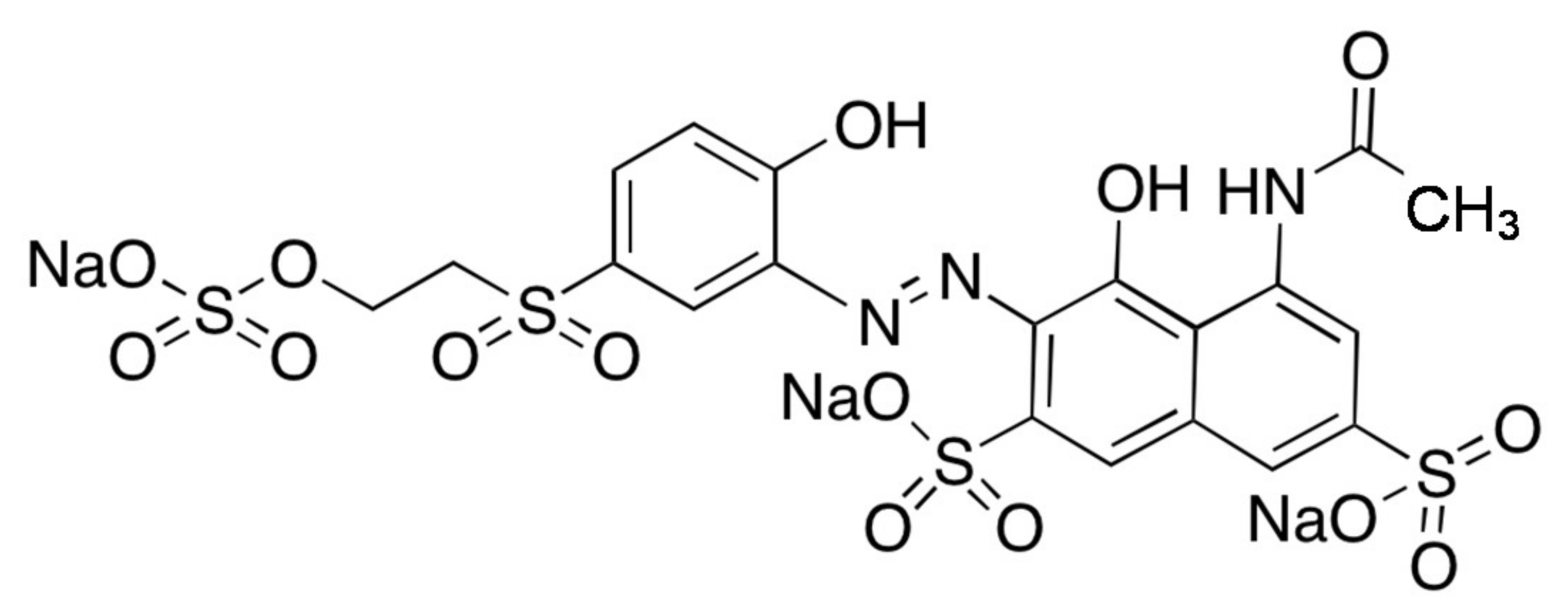
Catalysts | Free Full-Text | Photocatalytic Degradation of Azo Dye Reactive Violet 5 on Fe-Doped Titania Catalysts under Visible Light Irradiation | HTML
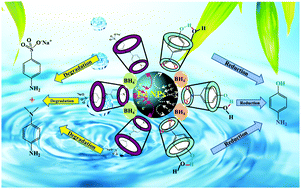
Catalytic applications of β-cyclodextrin/palladium nanoparticle thin film obtained from oil/water interface in the reduction of toxic nitrophenol compounds and the degradation of azo dyes - New J. Chem. - X-MOL

The time-dependent UV-vis absorption spectra of azo dyes degraded by... | Download Scientific Diagram

Hollow Palladium Nanoparticles Facilitated Biodegradation of an Azo Dye by Electrically Active Biofilms

Polyaniline Supported Palladium Catalyzed Reductive Degradation of Dyes Under Mild Condition | Bentham Science
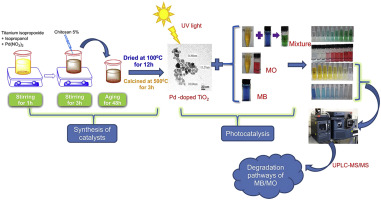
Degradation of methylene blue and methyl orange by palladium-doped TiO2 photocatalysis for water reuse: Efficiency and degradation pathways - J. Clean. Prod. - X-MOL

PDF) Hollow Palladium Nanoparticles Facilitated Biodegradation of an Azo Dye by Electrically Active Biofilms

Remediation of azo-dyes based toxicity by agro-waste cotton boll peels mediated palladium nanoparticles - ScienceDirect

Highly efficient degradation of azo dyes by palladium/hydroxyapatite/Fe3O4 nanocatalyst - ScienceDirect

Aluminum based metallic glass powder for efficient degradation of AZO dye and other toxic organic chemicals - US 10,363,548 B2 - PatentSwarm
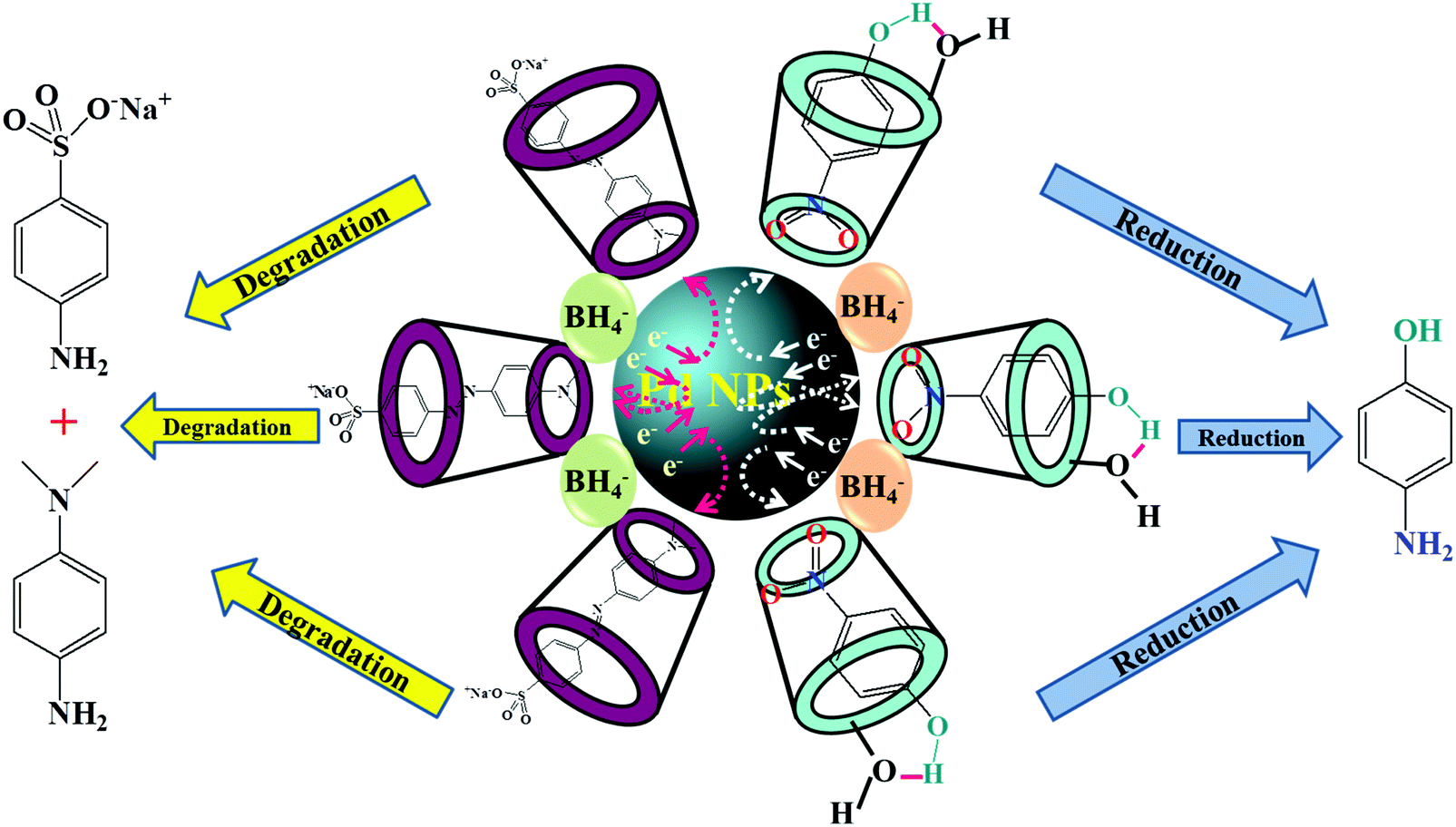
Catalytic applications of β-cyclodextrin/palladium nanoparticle thin film obtained from oil/water interface in the reduction of toxic nitrophenol comp ... - New Journal of Chemistry (RSC Publishing) DOI:10.1039/C8NJ06449K

Fabrication of palladium and platinum nanocatalysts stabilized by polyvinylpyrrolidone and their use in the hydrogenolysis of methyl orange | SpringerLink

Highly efficient degradation of azo dyes by palladium/hydroxyapatite/Fe3O4 nanocatalyst - ScienceDirect

Remediation of azo-dyes based toxicity by agro-waste cotton boll peels mediated palladium nanoparticles - ScienceDirect

![PDF] Decolourization of azo dyes using magnesium-palladium system. | Semantic Scholar PDF] Decolourization of azo dyes using magnesium-palladium system. | Semantic Scholar](https://d3i71xaburhd42.cloudfront.net/7ed96efa0c0b60bb92f796ce9f47fe4ef2369135/5-Figure4-1.png)

![PDF] Decolourization of azo dyes using magnesium-palladium system. | Semantic Scholar PDF] Decolourization of azo dyes using magnesium-palladium system. | Semantic Scholar](https://d3i71xaburhd42.cloudfront.net/7ed96efa0c0b60bb92f796ce9f47fe4ef2369135/12-Table4-1.png)